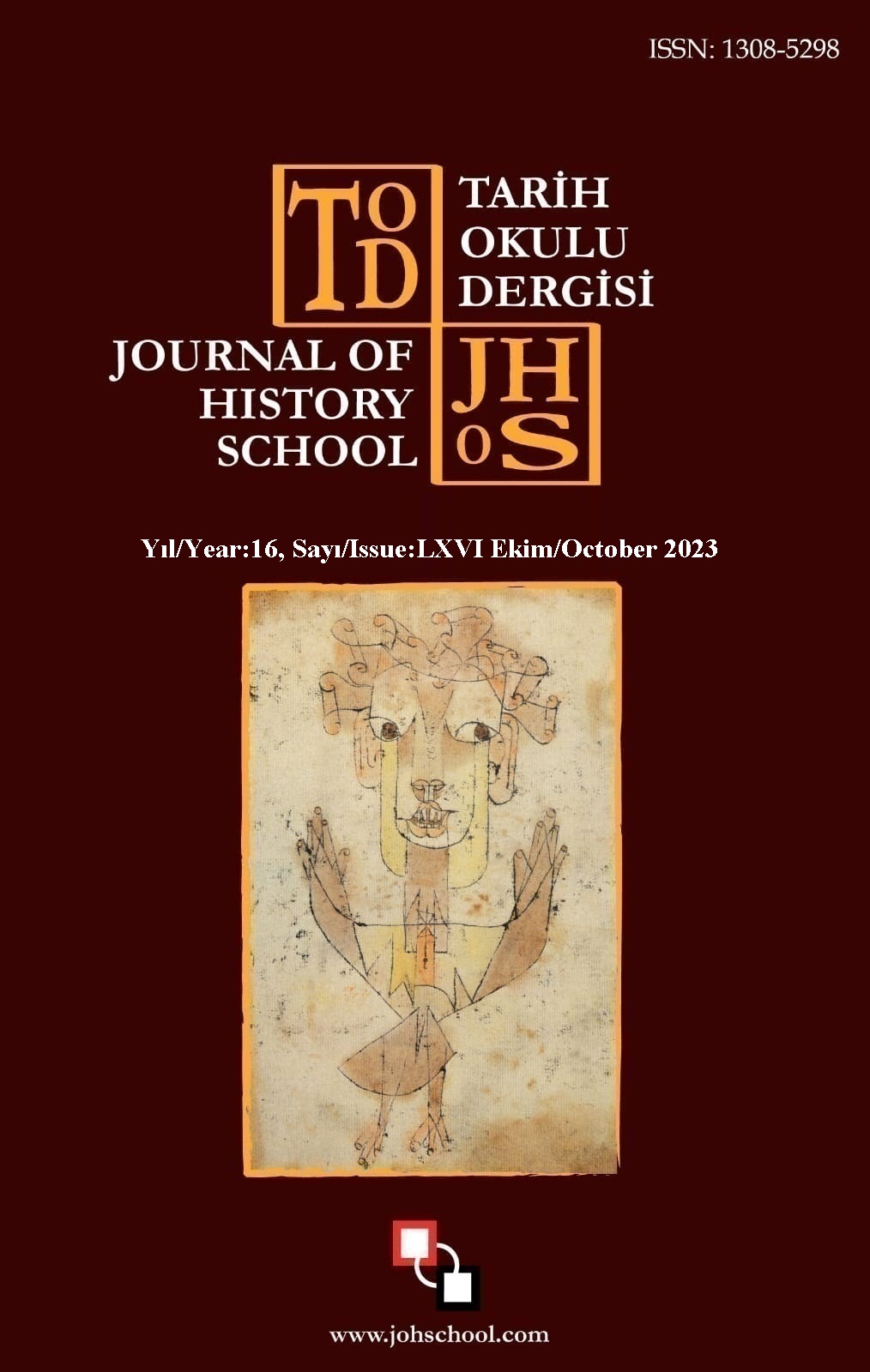Author :
Abstract
Bu çalışmanın ilk amacı, ön ergenlerin akran zorbalığı statülerini belirlemektir. İkinci olarak, cinsiyet ve şiddet yaşantılarına göre (şiddete maruz kalma ve şiddetin faili olma) akran zorbalığı boyutlarını (kurban/zorba) karşılaştırarak incelemektir. Bu amaçlar çerçevesinde yaşlarının ortalaması 13.28 olan 158’i erkek, 156’sı kız olmak üzere toplam 314 ortaokul öğrencisi ön ergenden veri toplanmıştır. Veri toplama araçları olarak “Akran Zorbalığı Belirleme Ölçeği-Çocuk Formu” ve “Şiddet Yaşantısı Bilgi Formu” kullanılmıştır. Araştırma sonucunda elde edilen bulgulara göre, ön ergenlerin %52.5’i “Ne Kurban Ne de Zorba”, %9.2’si “Zorba”, %8.9’u “Kurban” ve %29.3’ü “Hem Zorba Hem de Kurban” statüsünde yer almışlardır. Bununla birlikte ön ergenlerin cinsiyetlerine göre akran zorbalığı boyutlarında anlamlı bir farklılaşma elde edilmemiştir. Diğer taraftan, “evde”, “okulda”, “sokakta” ve “TV’de ve/veya bilgisayar ortamında” şiddet mağduru olduğunu ifade eden ön ergenlerin akran zorbalığı boyutları (zorba/kurban) puan ortalamaları şiddete maruz kalmadığını ifade eden çocuklara göre daha yüksek olarak elde edilmiştir. Ayrıca, kendisi “diğer çocuklara” ve “çevreye/nesnelere” şiddet uygulayan çocukların akran zorbalığı boyutları (zorba/kurban) puanları bu şekilde bir şiddetin faili olmadığını ifade eden çocuklardan daha yüksek çıkmıştır. Buna karşın, “hayvanlara şiddet” uyguladığını ifade eden çocukların akran zorbalığı boyutları (zorba/kurban) puan ortalaması bu şekilde bir şiddetin faili olmadığını ifade eden çocukların puanlarından anlamlı bir biçimde farklılaşmamaktadır. Elde edilen bulgular ilgili alan yazını ışığında tartışılmış ve yorumlanmıştır.
Keywords
Abstract
The first aim of this study is to determine the bullying status of pre-adolescents. Secondly, it is to examine by comparing the dimensions of peer bullying (victim/bully) according to gender and violence experiences (exposure to violence and being the perpetrator of violence). Within the framework of these purposes, data were collected from a total of 314 pre-adolescent secondary school students, 158 boys and 156 girls, with an average age of 13.28 years. “Peer Bullying Scale-Child Form” and “Violent Experience Information Form” were used as data collection tools. According to the findings obtained as a result of the research, 52.5% of the pre-adolescents are "Neither Victim nor Bully", 9.2% "Bully", 8.9% "Victim" and 29.3% "Both Bully and Victim". they have received. However, no significant difference was obtained in the dimensions of peer bullying according to the genders of pre-adolescents. On the other hand, the mean scores of peer bullying dimensions (bully/victim) of pre-adolescents who stated that they were victims of violence "at home", "at school", "on the street" and "on TV and/or computer" were higher than children who stated that they were not exposed to violence. high was obtained. In addition, the peer bullying dimensions (bully/victim) scores of children who perpetrated violence against “other children” and “environment/objects” were higher than the children who stated that they were not the perpetrators of such violence. On the other hand, the mean scores of peer bullying dimensions (bully/victim) of children who state that they use “violence against animals” do not differ significantly from the scores of children who state that they are not the perpetrators of such violence. The findings were discussed and interpreted in the light of the relevant literature.





